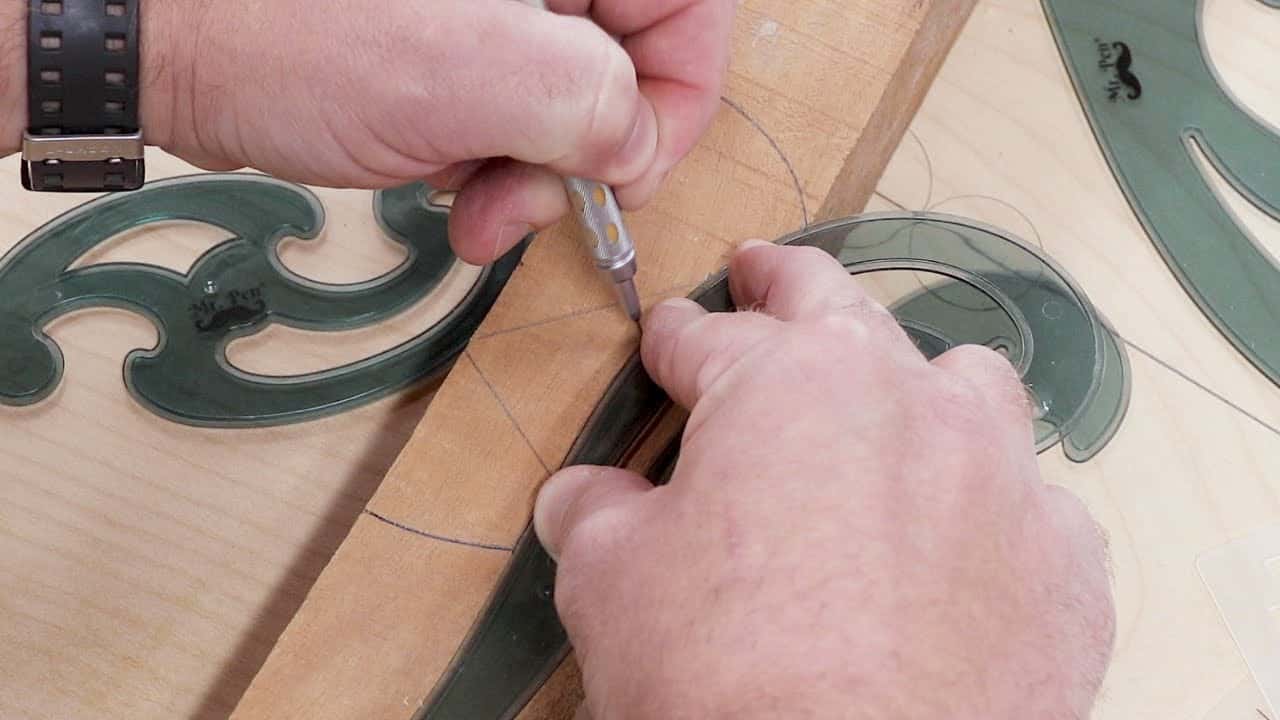Jodee from Inspire Woodcraft shared the woodworking tips featured in this video.
The video highlights five unexpected yet highly useful items that Jodee reaches for in the shop more often than many traditional tools.
These small additions solve everyday problems—from lighting tight spaces to holding templates—without requiring complex setups.
Watch the full video and subscribe to Inspire Woodcraft:
Flashlights: small, bright, and versatile
A compact, purpose-built flashlight is more than a convenience—it’s a practical shop tool for focused, hands-free illumination. Jodee points out that a dedicated light avoids the need to reach for a phone and keeps work areas well lit for detail tasks.
Look for lights with multiple output levels and features like magnetic tails or flexible mounting so the light can be propped or attached near saws, routers, and overhead rails.
The ability to position bright, concentrated light exactly where it’s needed makes setup, layout, and inspection much easier.
Double-sided paper tape: tiny but transformative
Thin double-sided paper tape is a deceptively powerful shop aid for stop blocks, temporary jigs, and templates. Jodee emphasizes its thin profile and reusability, which make it ideal for quick setups and repeatable layout work without bulky clamps.
Used carefully, this tape speeds layout and keeps parts aligned during cutting or drilling; however, it can become a crutch if overused in place of good fixturing. Jodee has also covered techniques for handling and tearing the tape cleanly to get the most out of it.
Silicone mat and parchment paper: containment and cleanup
A silicone mat serves as a reusable work surface for sharpening, glue-ups, and messy finishing tasks that produce slurry or drips.
Jodee highlights silicone’s lack of “memory,” meaning folded mats flatten out without permanent creases and can be peeled clean after glue or slurry cures.
Parchment paper is an inexpensive alternative for larger projects or when a custom-sized disposable surface is preferred. It’s handy for containing powders, dyes, and glues and can often be reused several times so long as liquids don’t dry into it and cause wrinkling.
Circle templates and French curves: consistent shapes, every time
Simple circle templates make laying out identical radiuses quick and reliable, especially when they include centerlines or crosshairs for accurate alignment. Jodee uses them to ensure repeatability across parts and to speed marking in the field.
French curves complement circle templates by providing access to irregular, flowing shapes that aren’t true radiuses. They’re useful for smoothing transitions and developing custom profiles during prototyping or when a small, odd curve makes a design sing.
Why these “weird” tools matter
These items don’t replace core tools, but they change how efficiently routine tasks are executed and reduce friction in the workflow. Jodee demonstrates that small, inexpensive additions can yield outsized improvements in accuracy, setup time, and cleanup.
Adapting these tools to a personal shop is straightforward: start by identifying recurring small problems—poor lighting, messy glue-ups, inconsistent radiuses—and match one of these tools to the need. Over time, they add up to a noticeable boost in productivity and enjoyment.
Support Jodee by visiting his online store here: https://inspirewoodcraft.com/collections/all.
